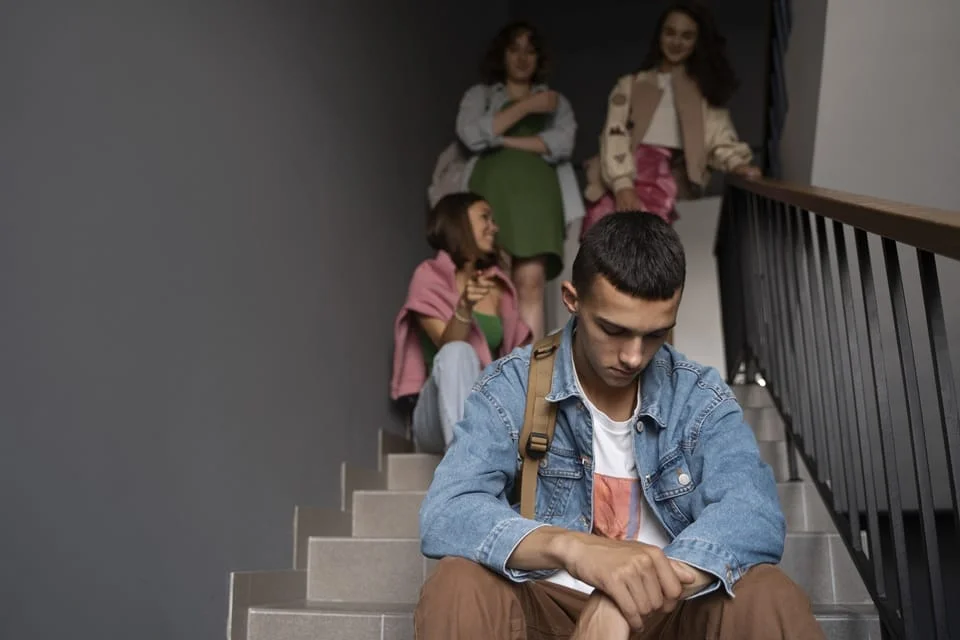For many young people caught in substance use, it can feel as though their future is already written. What begins as a small habit can grow until stepping away feels impossible. Routines, friendships, and studies all start to bend around the addiction, creating a cycle that is difficult to break. Support systems, residential treatment programs, and steady encouragement often provide the turning point. If you are a parent, teacher, or peer, learning how to help break the addiction cycle could transform the direction a young person is heading.
Why Breaking Addiction Cycle Is So Difficult
Addiction weaves itself into daily life until it dominates everything else. A teenager might schedule their day around access to alcohol or substances, pushing aside study, sport, and friendships. Stress at school, family conflict, or peer pressure can all feed into the problem, making it harder to resist unhealthy behaviours.
Breaking addiction cycle is not a matter of willpower alone. The teenage brain is still developing, which heightens impulsivity and makes emotional regulation more difficult. This biological reality means that professional support often becomes necessary. Residential recovery programs offer structured guidance, routine, and the opportunity to rebuild healthier patterns of living.
Signs You Should Not Ignore
Recognising when experimentation shifts into dependency can be challenging. Subtle changes may be dismissed as typical teenage behaviour, but together they may signal something deeper. Signs to watch for include:
- A sudden increase in secrecy or avoidance of family activities.
- Unexplained requests for money or missing possessions.
- Declining school performance, truancy, or disrupted attendance.
- Noticeable changes in hygiene, diet, or sleep.
- Personality shifts such as irritability, withdrawal, or loss of interest in hobbies.
One or two changes alone may not confirm a problem. However, when patterns repeat and intensify, it often suggests that addiction is taking hold.
Support Programs That Make Recovery Possible
Qualified rehabilitation programs for young people provide more than medical supervision. They offer safe, structured environments where routine becomes a tool for healing. Daily activities such as cooking, gardening, exercise, and counselling sessions replace the chaos that addiction brings. Even small lessons—like preparing balanced meals or managing personal responsibilities—form part of regaining control.
These programs succeed because they combine therapeutic support with practical life skills. Young people can learn time management, budgeting, and personal goal setting, building a foundation for independence. Structured days help shift focus from substances to personal growth, and consistent routines reduce uncertainty. Such programs often play a central role in breaking addiction cycle, giving young people the stability they need to move forward.
Peer Support in Recovery
Friends and peers can influence behaviour more strongly than any adult authority figure. For many teenagers, substance use begins as a way of fitting in. Replacing those relationships with positive connections can be transformative. Group programs and youth-focused activities help establish friendships that are not tied to harmful habits.
A young person who once relied on alcohol to feel included may now find belonging in a soccer team, a music group, or a creative workshop. Informal support networks, such as peer-led recovery groups, also reduce isolation and encourage accountability. By listening without judgment and encouraging healthier social circles, peers, and family members reinforce the progress made in formal treatment.
What Role Can You Play?
You do not need clinical expertise to make a meaningful difference. Everyday actions can provide stability and reassurance. Encouraging open conversations at home helps young people feel heard, even when the subject matter is difficult. Keeping communication open with teachers, coaches, or mentors also ensures a wider safety net.
Simple routines matter too. Sharing family meals, spending time outdoors together, or joining activities side by side can interrupt old patterns of isolation. Consistency builds trust, which is often missing when addiction takes hold. Showing up regularly and creating safe spaces signals care, which young people struggling with substance use often need most.
Supporting the Next Step
Recovery is rarely a quick process. It is built on patience, encouragement, and knowing when professional intervention is necessary. For parents and caregivers, this means balancing support with realistic expectations. Setbacks may occur, but they do not erase progress. Each step forward, however small, is part of the journey.
If you are seeking practical guidance, local community programs and rehabilitation services are essential resources. They provide safe environments, counselling, and the skills required for long-term recovery. By reaching out to these services, you can ensure that support is consistent and professional.
Ultimately, helping a young person through addiction means standing beside them with steady encouragement. Your role, whether as a family member, teacher, or friend, can provide the stability they need to rebuild their lives. With compassion, structure, and the right programs, young Australians can break free from the cycle and create healthier, more positive futures.
Discover secrets worth knowing—visit our knowledge-packed Management Works Media now.






